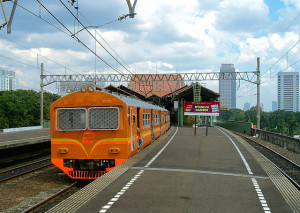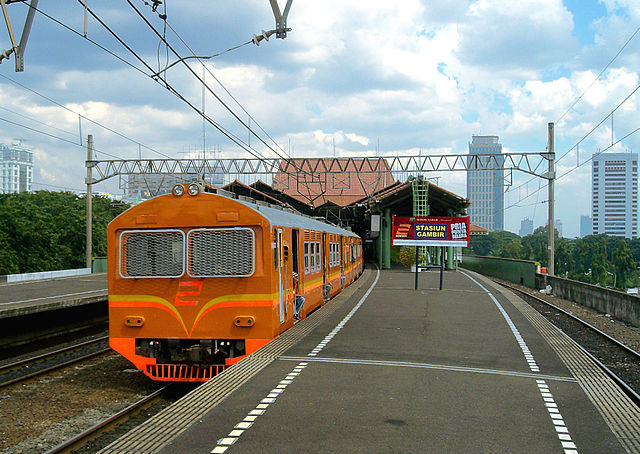 Asia-Pacific still has much potential even if it is no longer the leading driver of economic growth as long as it pursues a more open and connected trade system, according to an executive of the Asia-Pacific Economic Cooperation (APEC) Secretariat.
Asia-Pacific still has much potential even if it is no longer the leading driver of economic growth as long as it pursues a more open and connected trade system, according to an executive of the Asia-Pacific Economic Cooperation (APEC) Secretariat.
“The Asia-Pacific continues to grow but is no longer the world’s leader of growth and the slowing of trade is at the heart of the problem,” explained APEC Secretariat Executive Director Alan Bollard.
Member economies of APEC should strive for more openness and connectivity to help revitalize trade and allow them to fight growing protectionism that is threatening the region’s progress.
Bollard noted that questions have been raised about the advantages of globalization, even as calls have been made favoring protectionism, which he warned would be detrimental to economic growth.
“The shortcomings of globalization in today’s changing environment are increasing the risk of protectionism that could further weigh on economies,” he added.
Amid the shifting economic and social conditions in the Asia-Pacific compounded by uncertainty in the world economy, what is needed is greater interconnectivity of people and markets, not less, to mitigate emerging challenges to regional growth and human development, according to Bollard.
“Sustained efforts in APEC to foster more open, integrated member economies could help to boost their ebbing trade while positioning them to tackle mounting structural impediments to productivity and social well-being,” he added.
The 21 APEC economies are forecast to grow 3.4% in 2016, the same as world GDP growth, the APEC Policy Support Unit reports. This is up from 3.1% growth in APEC in 2015, which was undermined by a contraction in regional trade.
Keeping trade and investment barriers in check and taking next steps to enable more people and businesses to take advantage will be an important determinant of future prosperity.
“With interest rates already low, high government debt exposure and adjustments in tax rates hard for economies to embrace right now, the need to confront medium-term issues like structural reform has become more pronounced,” Bollard said.
“There is still considerable potential in the Asia-Pacific for growth in sectors like services trade and small business participation in supply chains,” he continued. “APEC is pressing ahead to address bottlenecks at and behind borders for it to be fully realized.”
APEC economies are pursuing new targets to improve the ease of doing business in the region, with focus on reducing the time it takes to start a business, obtaining financing and permits, and trading across borders.
They are also deepening policy collaboration to cut red tape at immigration and customs checkpoints as well as harmonize their industry regulations and standards.
At the same time, APEC economies are ramping up information sharing and technical assistance to facilitate trade agreements that go beyond the reduction of tariffs alone to address emerging issues such as hurdles to innovation and digital development.
Parallel emphasis is on opening cross-border education and career development opportunities in coordination with the private sector. They include new scholarships and internships, skills training and certification programs to build compatible labor forces and improve living standards in the region.
“Harnessing innovation is vital to accommodating higher volumes of people, goods and data moving between Asia-Pacific economies that can power growth as well as to boost their shared capacity to meet changing social needs,” Bollard concluded.
Photo: Gunawan Kartapranata





